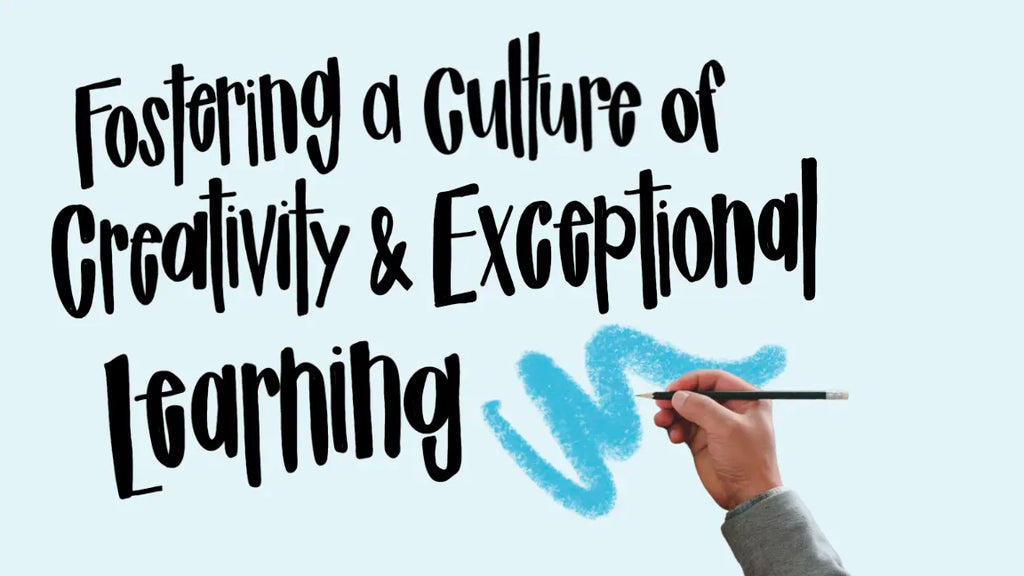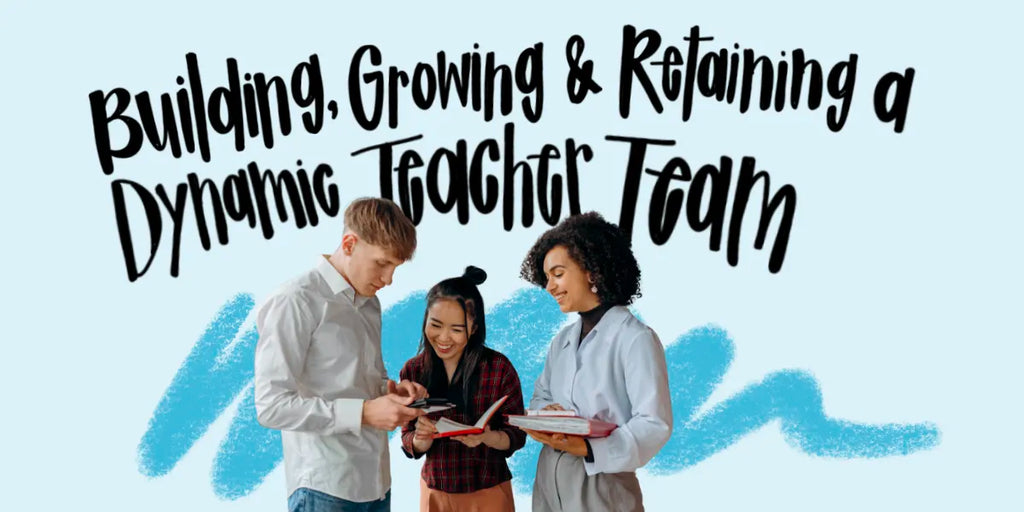The pandemic has presented it’s fair share of challenges - and one of the most significant in the online and remote learning environment, is how to engage our youngest learners meaningfully.
Teaching and learning online looks different than it does in the classroom, but how do we ensure we don’t lose the magic of learning through play and other collaborative experiences? Over the summer, we had the privilege of working with these youngest learners and wanted to share some ideas from our experiences.
Engaging K-3 students in online learning has so many possibilities! With full consideration to the needs of your students and their families, there are a number of tips that you can follow to make online learning a positive experience for primary students!
The best advice we can provide to K-3 educators is to make use of both synchronous and asynchronous when possible. Synchronous time with K-3?! How? Why? We understand this might sound like a daunting task, but it doesn’t have to be! Follow these best practices and you will find your flow!
Meaningful Synchronous Connections
Synchronous time should be primarily used to engage students in conversations and allow them to ask questions of you and others. These times should be about pushing their thinking and sharing ideas with each other. Ultimately, we want the kids to be speaking as much as possible during these sessions.
The reality is this cannot happen with a class of 30 or even 20 in a session at one time. Small group sessions are the answer! Creating groups of 3 to 5 students provides opportunities for rich and meaningful conversations to occur and allows the educator to address specific needs of students. Not only is the conversation a great opportunity to gauge where each student is at both as far as understanding and completing a task, but this is an amazing opportunity for observation and conversation based assessment.
You can listen to the conversation, posing important questions for students to demonstrate their understanding, but also, you can observe what they are working on and how they are working alongside each other, even though they are online.
These small group sessions are also a great way to leverage strategic partnering. Grouping students in different ways for various purposes will be critical in supporting each students’ development.
Tools for Empowerment
Teaching students to use the tools that they have is an integral part of the learning process. When students, even as young as kindergarten learn how to open their meeting, find and access “assignments” or videos, use the microphone and camera features, we empower them to take control of their own learning. They are capable of so much! It is important that we recognize what is possible, rather than impossible!
Learning these tools and developing the skills for synchronous online learning, won’t happen overnight, however, setting clear expectations, reviewing those expectations regularly and supporting students to become more autonomous and resilient when faced with challenges will not only service them in online learning but also support them to become independent and engaged learners for years to come.
Engaging Learning Experiences
Synchronous learning isn’t only about the face to face sessions on the screen. Students require opportunities for regular asynchronous learning experiences that are engaging, informative and challenging. These asynchronous lessons are where educators can be delivering information to students for instructional purposes in the form of a lesson, a reading, some kind of informational video. Ultimately it is where you will inspire students to investigate, explore, design and create!
At Future Design School we believe that the best way to engage learners is to have them address challenges! Big or small, designing challenges that empower students to solve meaningful problems are always impactful to learning. Integrating multiple subjects into these challenges will also allow students to see how concepts work together and create opportunities to reduce planning time.
For example, you may want to pose a challenge to students, where they have to design and build some kind structure using materials from their recycling or other objects they have at home. You might have them focus on bridges, towers, or even something as creative as a roller coaster.
Remember these challenges can be quick tasks too. It might be a task where they simply demonstrate what they know about structures. Or, you may use this problem to build out a multistep, interdisciplinary design challenge that incorporates science, mathematics and literacy.
Supporting Diverse Learning Styles
The best way to pose these types of challenges to younger students is through videos. These might be videos you have from others that you pair with instructions or they could be ones that you create yourself. There are great tools to create your videos regardless of your capacity with technology. Depending on your learning goals, you can capture information through a screen recording while you are explaining something, or could simply record yourself in action -- maybe you are demonstrating decoding strategies, discussing word families, using materials at home for math manipulatives or introducing a concept about living things with your favourite houseplant.
Building Routines and Calendars
Organizing meeting times is a critical piece of the online learning puzzle. We have found that digital calendars help everyone involved. Leveraging the digital calendar helps you stay organized and supports students and their families to see routines allowing them to plan their days and weeks especially during these times. Having routines but also building in flexibility is key to successful experiences!
For example, you may want your classroom schedule to be the same every day for the first few weeks as students adjust to online learning. As time moves on, you may design a schedule that allows for the days of the week to look differently, still providing families with consistency knowing that every Monday’s schedule will look the same and every Tuesday’s schedule, etc.
EXAMPLE SCHEDULE:
You might begin the year with something that looks like this.
- 8:45 am - Morning Kick Off (whole group)
- 9:15 am - Asynchronous lesson 1 + 2
- Own Time - Nutrition & body break
- 10:00am Small Group Session A
- 10:20am Small Group Session B
- 10:40am Small Group Session C
- 11:00am Small Group Session D
- 11:20am Small Group Session E
- 11:45am Whole Group Activity (trivia, movement, mindfulness, etc.)
- 12:00pm Lunch break & physical activity
- 12:45pm Asynchronous lesson 3 + 4
- 1:00pm Open Office Hour or schedule 10 minute group check ins
- Own Time Nutrition & body break
- 2:30pm Daily Wrap Up (whole group) recap and next steps, appreciations, game, closing
Much like any other successful classroom, development, transparency and accountability of expectations is crucial. Determine the purpose of how you will use learners’ synchronous time and communicate them with learners and their families. This will help to establish virtual classroom norms and expectations. Much like a face to face classroom it is important to take the time to develop expectations together and have a shared vision of what they want their classroom experience to look like, sound like and feel like.
K-3 learning online is undoubtedly a challenge for so many educators, but it is one ripe with opportunities to build creativity, future ready skills, resilience and student agency!
Looking for opportunities to engage learners at any grade level? Drop us a line at team@futuredesignschool.com to find out more about bringing our online or in person professional development to your school or district.



